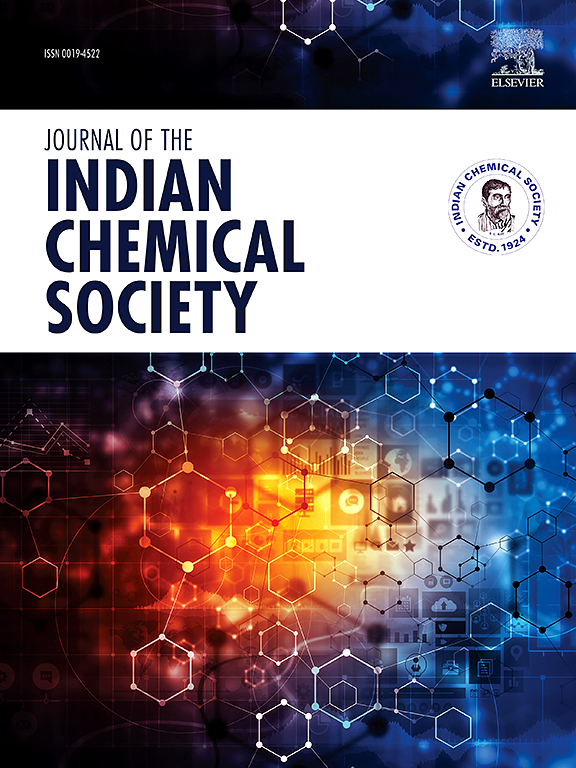Relationships between the strength, hydrate process, structure and porosity of hydrated supersulfated cement with the addition of gypsum, anhydrite and phosphogypsum
IF 3.2
4区 化学
Q2 CHEMISTRY, MULTIDISCIPLINARY
引用次数: 0
Abstract
Supersulfated cement (SSC) is a novel green cementitious binder characterized by greater solid waste, lower hydration heat and lower carbon emission, but its poor early strength presents a challenge for the construction field. The influences of the mineral composition of SSC on the compressive strength, heat of hydration, hydrates, pore structure, and microscopic characteristics are examined in this study. The reaction mechanism of gypsum, anhydrite and phosphogypsum (PG) in SSC is investigated. The results indicate that the compressive strength of the S95‒SSC system is significantly greater than that of the S105‒SSC system, and P6 in the S95‒SSC system has the highest strength of 51.8 MPa at 28 d. An increase in the dosage of anhydrite accelerates the early periods of hydration for SSC, which promotes more ettringite (AFt) and improves the mechanical performance at early ages. Early hydration is inhibited by the addition of PG to SSC, which increases the fraction of pores less than 50 nm in size. This work confirms that anhydrite and PG have a synergistic effect on SSC. To improve the early strength of SSC, the most effective research approach is to optimize the mineral composition.
石膏、硬石膏和磷石膏对水化过硫酸盐水泥强度、水化过程、结构和孔隙率的影响
超硫酸盐水泥(SSC)是一种新型的绿色胶结剂,具有固废大、水化热低、碳排放少的特点,但其早期强度较差,给施工领域带来了挑战。研究了SSC矿物组成对其抗压强度、水化热、水合物、孔隙结构和微观特征的影响。研究了石膏、硬石膏和磷石膏在SSC中的反应机理。结果表明:S95-SSC体系的抗压强度显著大于S105-SSC体系,且S95-SSC体系中的P6在28 d时强度最高,达到51.8 MPa。硬石膏掺量的增加加速了SSC的早期水化过程,促进了钙矾石(AFt)的生成,提高了早期力学性能。在SSC中加入PG可以抑制早期水化,增加粒径小于50 nm的孔隙比例。本研究证实硬石膏和PG对SSC具有协同作用。为了提高SSC的早期强度,最有效的研究途径是优化矿物组成。
本文章由计算机程序翻译,如有差异,请以英文原文为准。
求助全文
约1分钟内获得全文
求助全文
来源期刊
CiteScore
3.50
自引率
7.70%
发文量
492
审稿时长
3-8 weeks
期刊介绍:
The Journal of the Indian Chemical Society publishes original, fundamental, theorical, experimental research work of highest quality in all areas of chemistry, biochemistry, medicinal chemistry, electrochemistry, agrochemistry, chemical engineering and technology, food chemistry, environmental chemistry, etc.

 求助内容:
求助内容: 应助结果提醒方式:
应助结果提醒方式:


